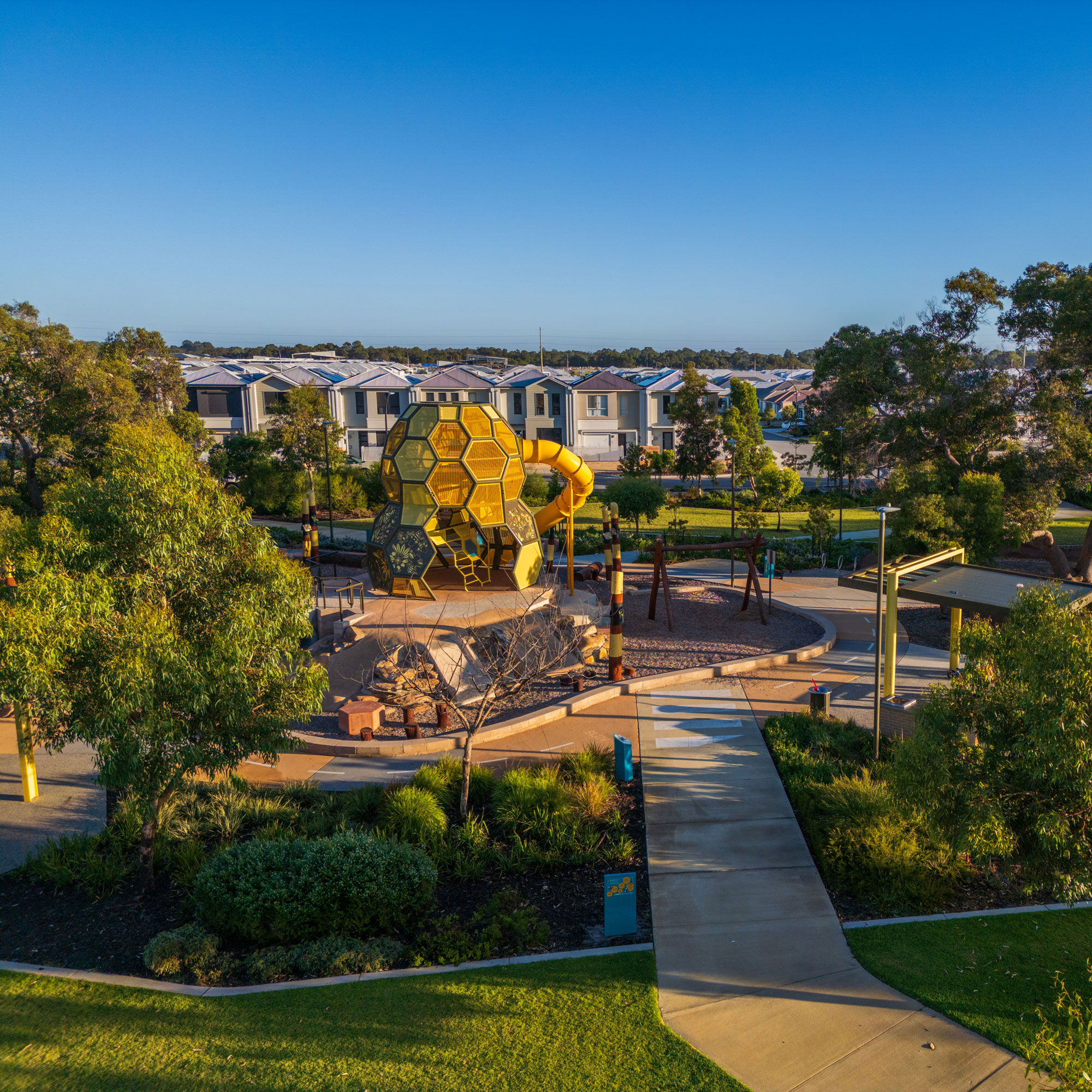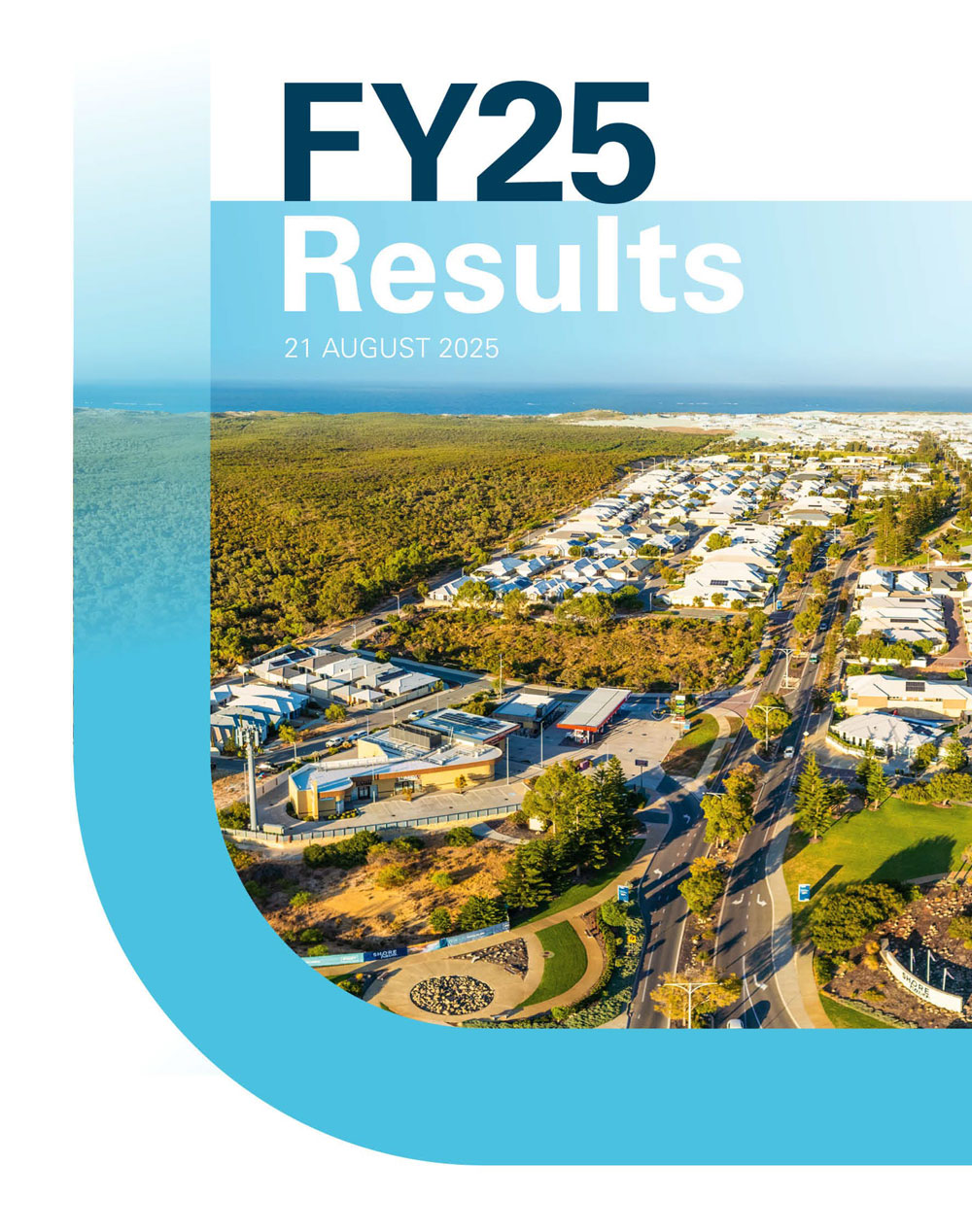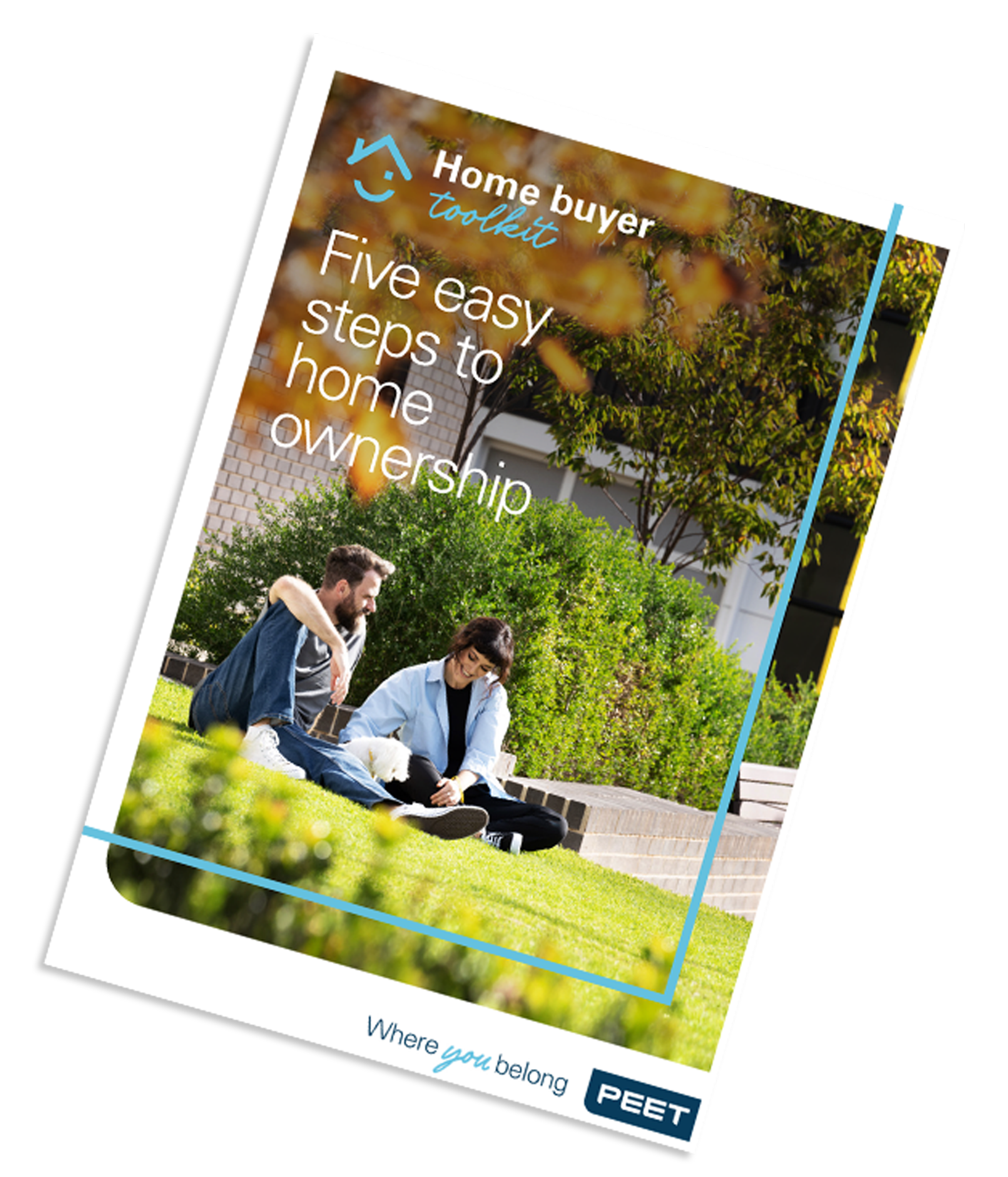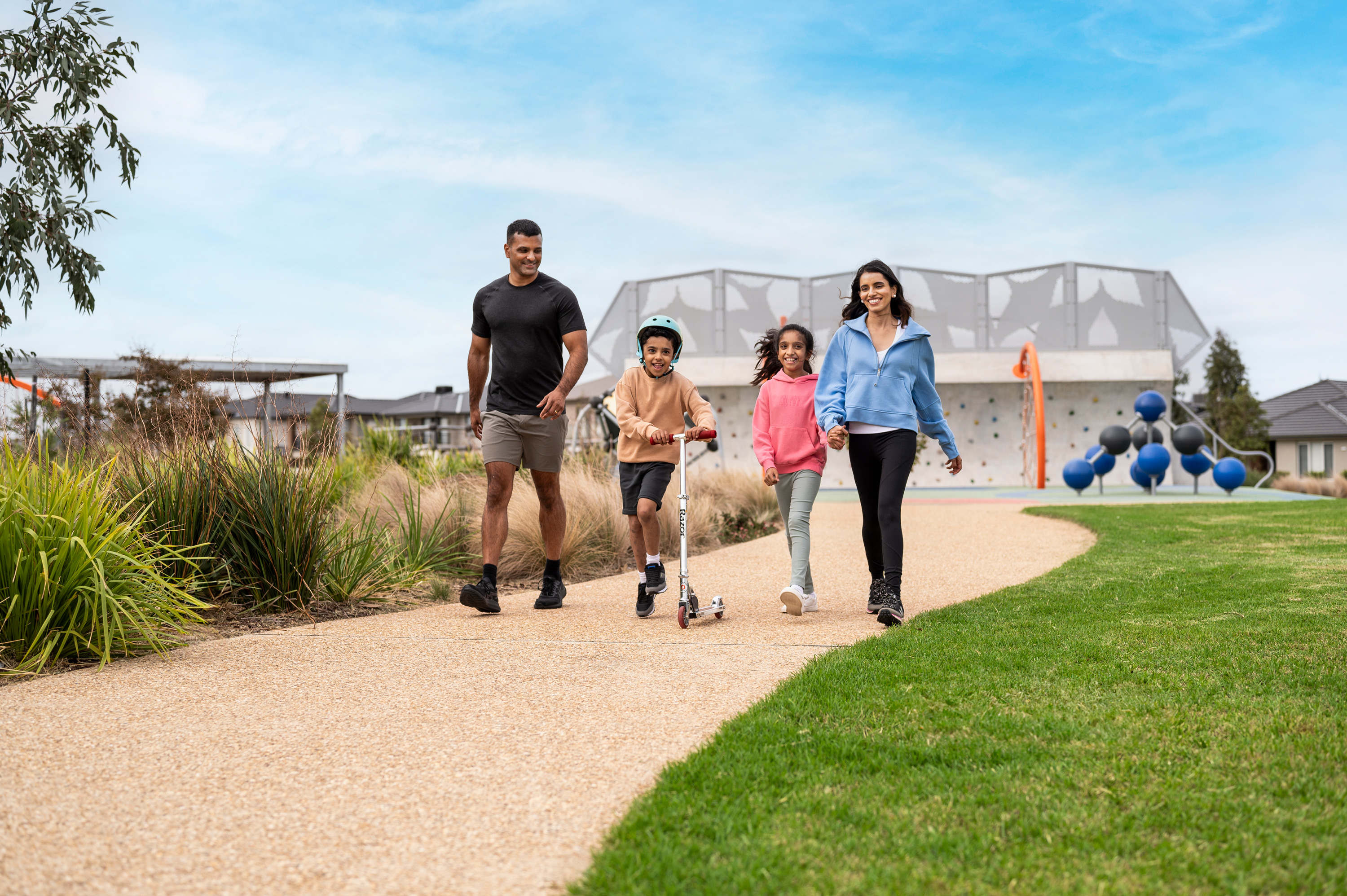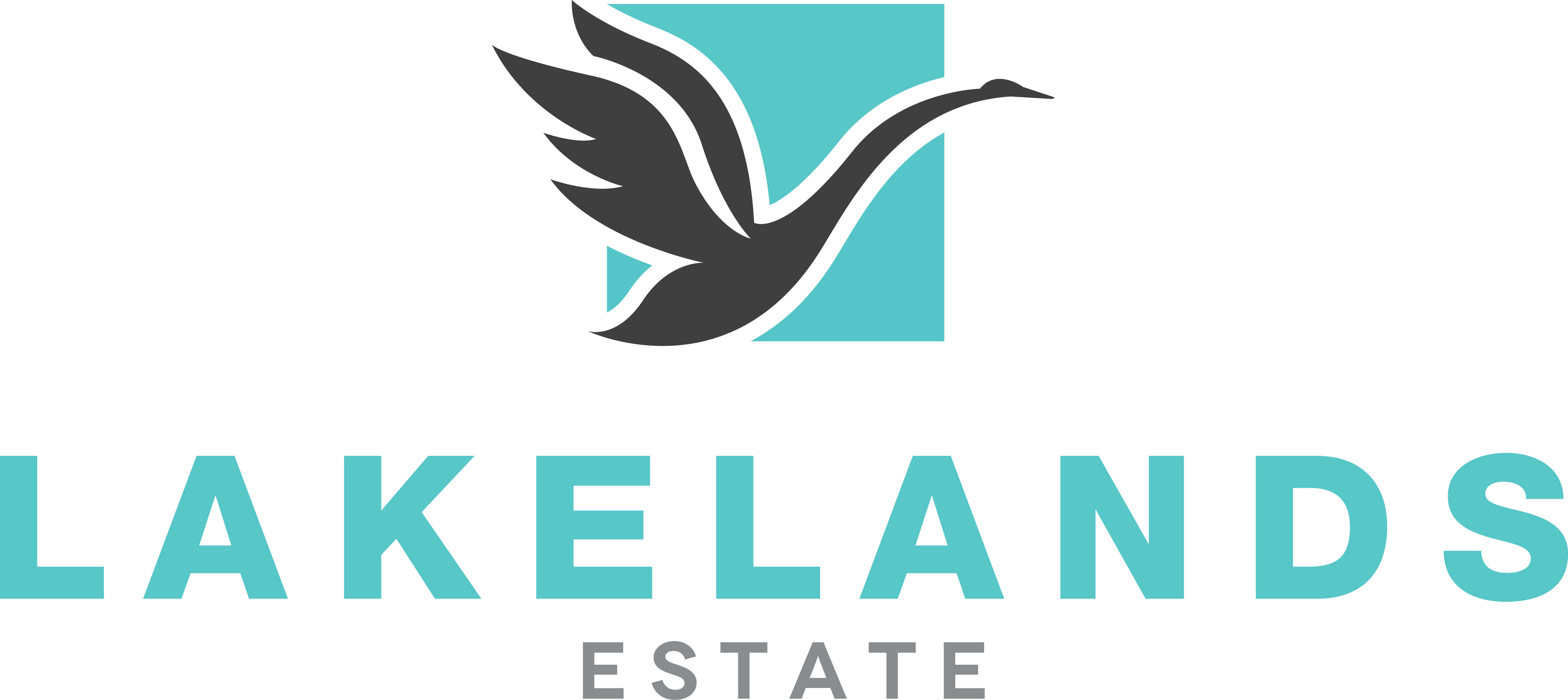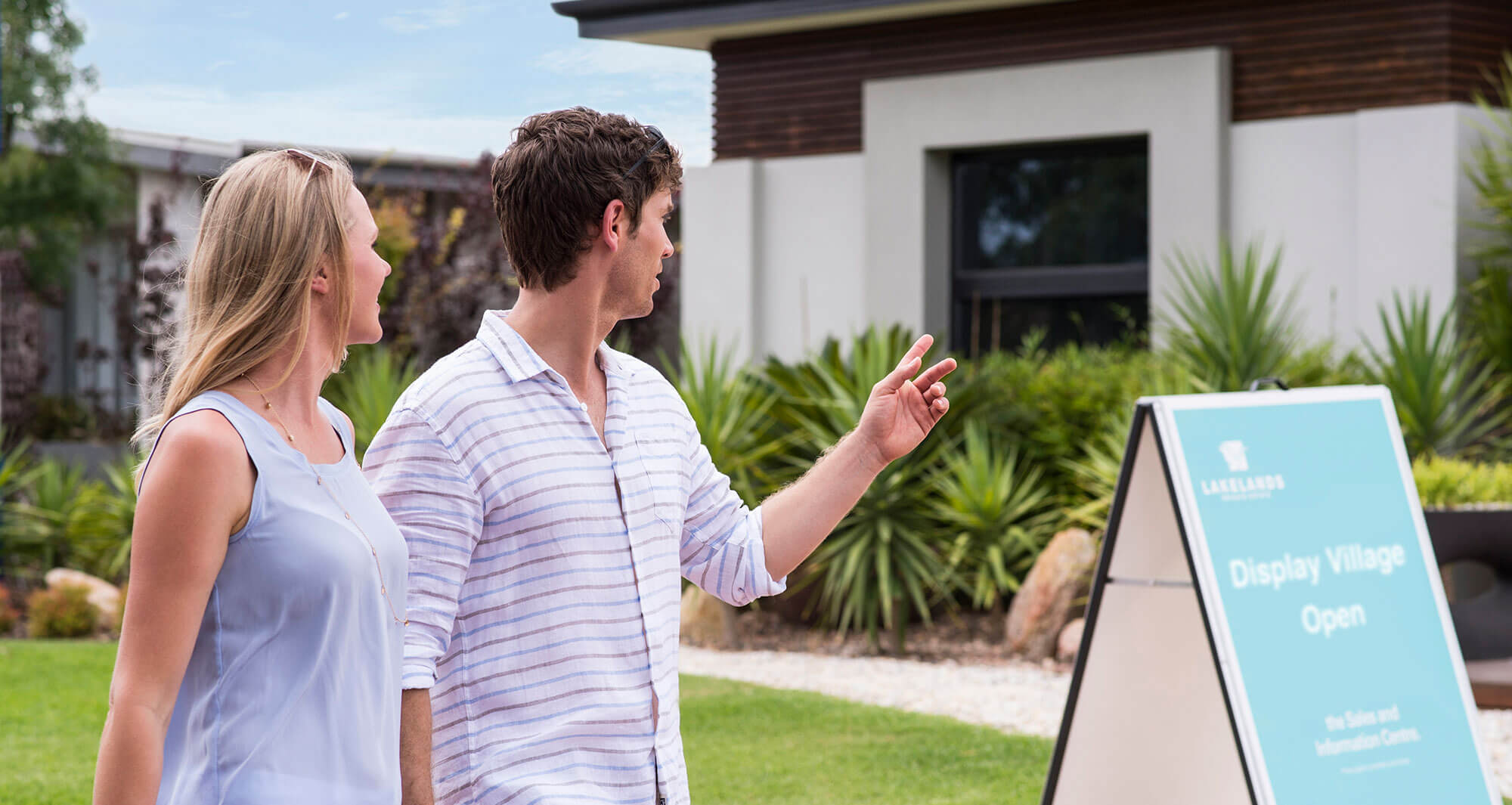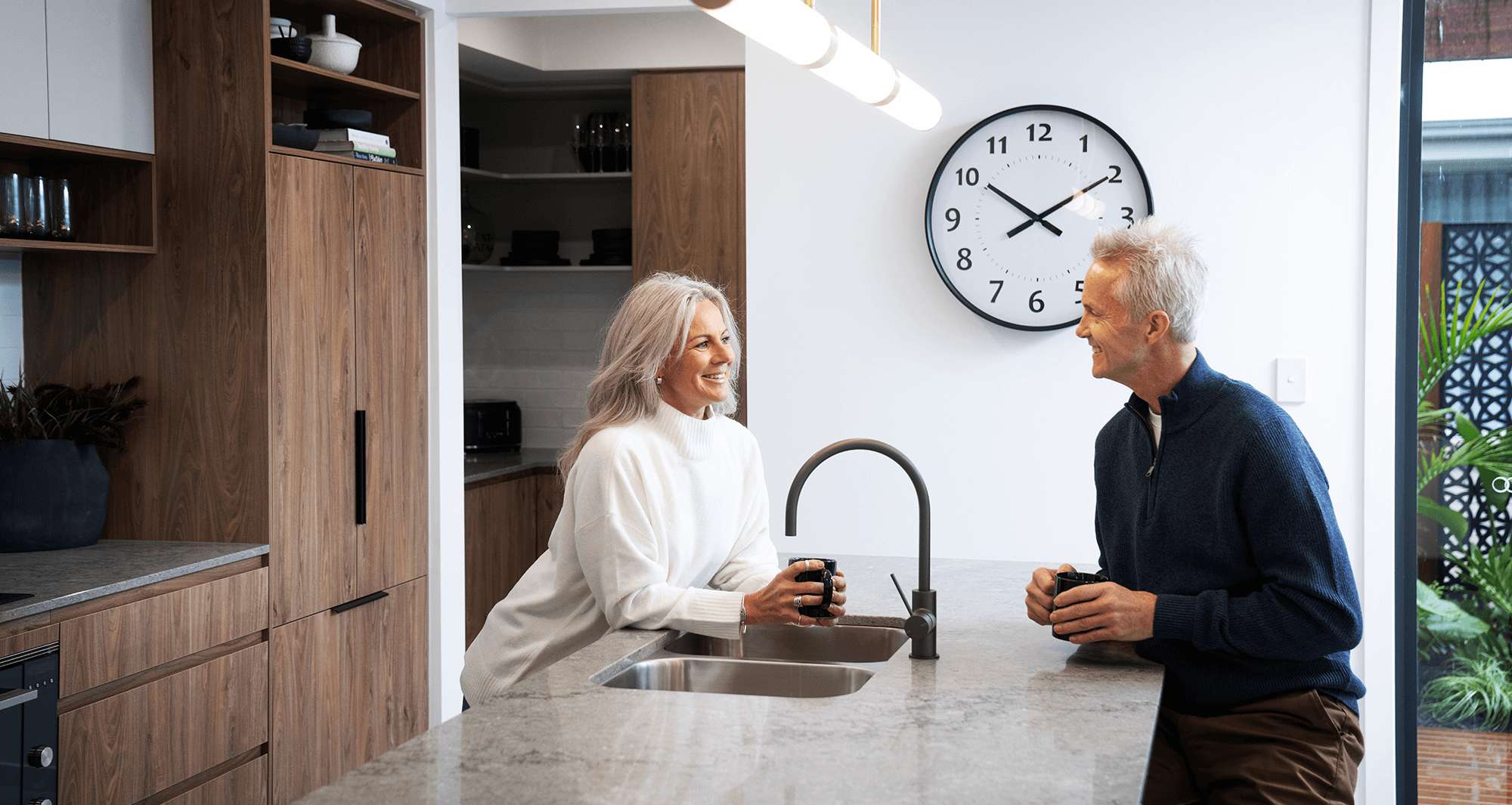How much can I afford?
This is one of the most important questions you’ll ask yourself during this process. And it’s one you’ll need to answer honestly.
Joshua De Buelle, Finext Mortgage Brokers
The first step in estimating your borrowing capacity, is getting a clear picture of your current financial situation.
Download the toolkit to complete your expenses sheet.
What’s left over, along with what you currently pay in rent, is an estimate of how much you can afford to repay each month. As a rule of thumb mortgage experts recommend allocating one-third of your gross income (income before tax) to mortgage repayments.
Many financial institutions also have handy online calculators that will help you estimate how much you can borrow, try this one from Money Smart.
Next, take an honest look at your finances.
- Are there any areas you could reduce spending to increase the amount available for repayments?
- Or perhaps before starting this journey, you need to pay off debt such as car loans or credit cards to free up your borrowing capacity?
Small sacrifices each week add up, and can get you into your new home considerably sooner than you thought possible.
When you’re planning your finances and working out what repayments you can afford, it’s important to ask yourself:
- Could we manage that repayment if my partner lost their job?
- What would the repayment be if the interest rates were to rise considerably?
- We’re looking at starting a family next year – will that repayment still be affordable?
How much will I need for a deposit?
In order to secure a home or block, you will need to have a deposit. This will be paid to the developer for the land, and builder for the home and is generally due when you sign your contract.
The amount of the deposit varies by developer and builder and by state, so be sure to ask those questions as part of your research. This amount will be deducted from the deposit required by the financial institution to secure your home loan.
To secure your mortgage, lenders will generally require between 5-20% of the value of the property, however this will depend on your individual circumstances and the lender.
If you are borrowing more than 80% of the value of the property your lender will require Lenders Mortgage Insurance (LMI). LMI provides the lender with peace of mind that should your property value fall, the insurance will cover the difference in value. The LMI cost is dependent on your lenders criteria and how they calculate LMI and your Loan to Value ratio (LVR).
If you’re a first home buyer you may be eligible for the First Home Guarantee (FHBG)
The First Home Guarantee is an Australian Government initiative supporting first home buyers by guaranteeing up to 15% of a property’s value. Discover more about the FHBG by visitingHousing Australia.
If you’re not eligible for the FHBG, but want to avoid having to pay LMI, it is worth considering other options available to you to reach the 20% deposit needed to borrow without insurance.
The ‘Bank of Mum and Dad’ may be able to help gather the 20% needed, or perhaps you could look at your budget and savings goals and work on building a larger deposit.
Another way that your parents may be able to help, is through a guarantor loan. Guarantor loans are secured by a guarantor (often a parent or family member) who uses their own property as security to guarantee either the entire loan, or a portion of it. They assume responsibility for the loan in case you’re unable to make repayments.
If you already own a home, you’ll need to estimate how much equity you have for a deposit.
Estimate your home’s sale price: This involves getting a professional appraisal or speaking with real estate agents to get an idea of your home’s market value.
Calculate equity: Calculate how much equity you have in your current home. This is the difference between the estimated sale price and the outstanding balance on your current mortgage. Calculators like this one from the National Australia Bank can help you with this step.
Determine your deposit: Decide how much of your equity you want to use as a deposit on your next home. The more you put down as a deposit, the less you’ll need to borrow.
Savings goals and budgeting tips
Once you understand how much you’ll need to save for a deposit, it’s time to start planning. The first step is to set a savings goal. The more you can save, the larger the deposit you’ll have and the more competitive interest rate you could receive.
Tracking your expenses is integral to achieving your savings goal. Although you might not like what you see, it’s important to understand exactly what you’re spending your money on each week.
Use our spending tracker to organise your living expenses and find areas you can cut back on.
Savings tips:
- Set a goal
- Track your spending
- Reduce your rent costs where possible (living with family, living in areas with lower rental prices)
- Automate savings to separate account
- Talk to your bank about savings accounts with higher interest rates and incentives
Engaging a finance expert
Once you have a clear and honest picture of your current financial situation, how much you will have available for a deposit, and how much you plan to save, it’s time to start talking to the experts.
Mortgage brokers will review your current financial situation and present you with options from a variety of lenders. A mortgage broker does not work for a bank; their job is to ensure they are providing you with the right product at the best rate for your circumstances.
If you’re building a new home, check whether your building company could help you with your finances. Many property construction companies have in-house finance teams who have vast experience in financing new home builds.
Your bank also has specialist mortgage experts. You can visit your bank and ask to speak to a first home loan specialist. If you’re working directly with your bank, they’ll more easily be able to access your account history and savings track record.
Download the toolkit for a checklist outlining everything you need to bring to your first mortgage expert meeting.
Financial grants and incentives
First Home Owner Grant
As a first home buyer, you could be eligible for a First Home Owner Grant (FHOG) from the Australian Government. Using the FHOG to top up your deposit can significantly reduce your overall savings goal – giving you the keys to your first home that little bit quicker.
The FHOG is administered and funded by individual states and territories across Australia. Each individual state government has its own criteria for the scheme, and grant amounts also vary depending on your location. Discover how the could grant apply to you.
Check whether your lender is an authorised FHOG agent in your state. If so, they will be able to fill in the grant application form and apply on your behalf.
Stamp Duty concessions/exemptions
One of the largest costs involved in purchasing a house in Australia is stamp duty. Stamp duty is a government tax on the transfer of land and is calculated on a sliding scale as a percentage of the purchase price.
Fortunately, most states have significant first home buyer stamp duty concessions, or in some cases total exemptions. This calculator will give you an initial estimate. However it’s important to check what the latest rules and exemption criteria are where you live.
First Home Guarantee
The First Home Guarantee (FHBG) is an initiative from the National Housing, Finance and Investment Corporation (NHFIC) aimed at supporting first home buyers. NHFIC has released 35,000 FHBG places from 1 July 2023 – 30 June 2024.
This first home buyer deposit scheme is not a cash grant, but rather a guarantee that allows you to purchase a home with as little as 5% deposit, removing the need for lenders mortgage insurance.
If eligible, you’re able to obtain a loan through a participating provider to purchase an eligible property with up to 15% of the value of the property guaranteed by FHBG. Discover if you are eligible for the FHBG.
Types of loans to consider
Financial institutions offer a variety of loan types based on your situation. Your mortgage expert will talk you through your options and together, you can decide what’s best for you.
Joshua De Buelle, Finext Mortgage Brokers
Here’s a selection of common loan types offered in Australia.
Standard variable loan
Your interest rates are set by your financial institution and can go up or down based on the official rate set by the Reserve Bank of Australia (RBA). Repayments will pay off the interest and some of the principal – if interest rates go down, rather than reducing your repayments, it’s advisable to maintain them which will help you pay off more of the principal amount.
Fixed rate loan
Fixed interest rate loans have the same interest rate for the first one to five years of the loan depending on what duration and rate you decide on. This loan allows you to plan your finances more easily knowing that your repayments won’t change.
Split rate loan
A split rate loan means that part of the loan amount is variable, and the other is fixed. Your mortgage expert can help you decide on the proportion of variable and fixed.
Interest only
An interest only loan means you only repay the interest on the borrowed amount. As you’re not paying any money off the principal amount, the monthly loan repayments are lower. At the end of the interest-only period you will have to begin paying off both interest and principal. These loans are suited for investors who plan to pay off the principal when the property is sold.
Low doc
If you’re self-employed, your mortgage expert may suggest this type of loan. It requires less documentation or proof of income but has higher interest rates and often requires a larger deposit than other loans.
Construction loan
If you decide to build your dream home, your lender will provide you with a construction loan. Construction loans work differently from other loans, it’s typically short (12 months) and has a progressive draw down. That means, unlike buying an existing house where you need to pay the full amount on settlement day, you can pay your builder smaller amounts as the build progresses and they invoice you.
Bridging loan
For home buyers who already own a home, a bridging loan is a short-term loan that closes when you sell your existing home. The size of the loan is based on the available equity in your current home. You’ll need at least 50 per cent in equity in your home to qualify for a bridging loan.
Fees and costs to be aware of
Being aware of all the fees and costs involved in purchasing a home or block at the beginning of the process allows you to budget for the total amount – which will be higher than just the purchase price of the property.
Joshua De Buelle, Finext Mortgage Brokers
Costs such as conveyancing fees, building inspections, lender fees, lender mortgage insurance and moving costs can all add up. Talk to your mortgage expert to make sure you have a clear picture of all of the additional costs involved.
Many service providers will be able to give you a quote upfront so you know exactly how much to expect.
Stamp duty
Stamp duty is a government tax on the transfer of land. Stamp duty rates vary between states and territories and you can save on stamp duty if you’re buying vacant land.
As we’ve discussed in ‘Am I eligible for any financial grants or incentives?’ most state governments also offer first home buyer stamp duty exemptions. Your mortgage expert will be able to discuss what stamp duty exemptions are available in your state.
This calculator will give you an initial estimate – however be sure to check what the latest rules and exemption criteria are where you live.
The cost of selling your home
Selling your current home will free up equity and boost your borrowing power, however it’s important to understand that there are costs involved in selling a property that can add up.
- Agent commission fees
- Marketing your home
- Auctioneer fees
- Home staging
- Conveyancer/solicitor fees
- Lender fees
- Capital Gains Tax (CGT)
Pre-approvals explained
Congratulations! You’ve organised your finances, set a savings goal, researched your eligibility for assistance and understand all the costs involved. You’ve decided on a lender and now they have issued you with a pre-approval.
Joshua De Buelle, Finext Mortgage Brokers
What is pre-approval?
A pre-approval is an indication, not a guarantee of the amount you can borrow from a lender. It will give you confidence knowing that the bank will lend you close to the amount you’re approved for, as long as your circumstances do not change.
How do I obtain pre-approval?
Lenders will issue you a pre-approval for a certain amount based on the information that you have provided your mortgage expert and your current financial situation. Note that while you may receive a finance pre-approval, this will be subject to a valuation on your chosen property.
How long does it last?
For most lenders, pre-approvals last for three to six months. This is for your own protection as much as the lenders – it’s important to reevaluate the market and your own financial situation regularly to ensure you can comfortably meet the repayments.
What if I already own a home?
It is still a good idea to obtain a pre-approval. Remember though, housing market fluctuations will impact the amount you can borrow. If the value in your home goes up while you’ve been paying off your home loan, your equity will increase, meaning you can potentially borrow more. Conversely, if the value of your home has decreased, your lender may need to reassess your pre-approved level of borrowing.
With a pre-approval under your belt, you’re one step closer to owning your new home. Now you can confidently start to search for the perfect place to live, in a vibrant, connected community where you belong.
Key points to remember
- Determine your affordability: Calculate how much you can comfortable borrow.
- Save for a deposit: Aim for 5-20% of the property’s value, considering equity from your current home or government grants like the First Home Owner Grant
- Explore loan types: Understand the benefits of different home loan types to help determine which one might be best for you.
- Be aware of costs: Factor in stamp duty, agent fees, marketing expenses, and other associated costs when buying or selling a property.
- Get pre-approval: Obtain a pre-approval, indicating the amount you can borrow, subject to property valuation, and market changes.
Communities across Australia
When it comes to picking the perfect place to live, we’re spoilt for choice in Australia. From coastal locations giving you access to pristine beaches and stunning natural landscapes, to thriving urban communities bustling with cafes, dining, and community events – there’s definitely something for everyone.
Urban and city-fringe living
If you enjoy a connected lifestyle then urban living might be for you. Urban living offers a number of modern conveniences all nearby – including great shopping precincts, cafes, and cosmopolitan town centres. Spend your time dining out, catching up with friends or popping by your favourite bar for a quick drink after work.
Communities to explore
Coastal living
A quick surf or run along the beach in the morning before work becomes possible when you live by the coast. Long walks along the beach and coastline are a great way to unwind, then enjoy breakfast by the beach or enjoy a meal as you watch the sunset.
Communities to explore
Suburban neighbourhoods
If you once considered suburban living a little ‘quiet’ – think again. Suburban communities offer great schools, regional shopping centres with all the latest brands, outstanding dining and entertainment options and exceptional transport links to the CBD. The suburban life is also great if you want to be close to family who often live in established suburban communities.
Communities to explore
Natural environments
Love the outdoors and adventure? Living near national parks and bike trails means less travel time, so you can do more rock climbing, see wildlife, go mountain biking, hike, and explore. Enjoy the serenity that nature reserves, waterways and green open spaces provide as you relax and spend time with your family in beautiful natural places.
Communities to explore
Jolie McLaren, Peet Sales Representative
Things to consider
- Great schools in walkable distance
- Large shopping precincts
- Close proximity to work
- Well-designed playgrounds
- A great library
- Easy access to public transport
- Dining and takeaway options
- Close to a national park
- Vibrant nightlife and entertainment scene
- Quick access to the beach
- Safe and secure neighbourhood
- A fresh food market
- Near family and friends
- A strong sense of community
Finding your ideal community
Online research
Real estate websites
Websites such as realestate.com.au and Domain allow you to search by your preferred areas and see what communities are located there.
Facebook groups
Community Facebook groups act as a platform for community updates, neighbourhood networking, experience sharing, sourcing recommendations and community events.
Social media hashtags
Many people who build homes enjoy documenting their building journey. Try searching social media platforms by suburb name or community name. Try #peetlife as a start.
Council websites
Local councils run a variety of community-based programs, initiatives and events including festivals, sporting groups, library programs and children’s activities.
Visiting communities
Visit sales and information centres
Talking with the sales team at your shortlisted communities can really help.
- Discover future plans for the estate
- New amenity and features to expect
- Hear about planned community initiatives and events
Key points to remember
- Understand the different types of communities on offer.
- Take time to consider what your ideal community looks like. Make a list of needs and wants and rank in order of importance.
- Research different communities online.
- Spend time visiting your shortlisted communities to get a feel of what it could be like to live there.
What can I afford with my budget?
Having a clear picture of your budget will help you by immediately narrowing down the options. Peet’s sales teams and builders can assist in understanding what is available within your budget.
You can also visit real estate websites such as realestate.com.au and Domain to get an initial idea of house and land prices, or talk to a trusted builder.
What is essential in my home?
The best way to understand what your ideal home looks like, is to think about how you and your family live your life.
- Do you want to reduce the amount of time you spend on home maintenance?
- Do you love entertaining your friends and family?
- Do you have children or are planning to start a family within the next two to five years?
- Do you have pets that require additional outdoor space?
- Do you work from home and need an extra room or space for an office?
- Do you often have family coming to stay with you?
Download the toolkit for a checklist with more for you to consider
Future-proofing your decision
Consider what your life will look like a few years from now.
Are you looking to start a family? You might need that extra bedroom after all.
Or is starting up a home business in your future plans? If so, picking a home that can be easily modified, changing a bedroom into a home office will be a good idea.
To build or to buy new?
Building your home
If you’re going to build your new home, there are two options to look into.
Project Homes
Project homes are usually presented in a house and land package, which partners the home design with a range of block options. Project builders will be able to provide you with a fixed cost for the home and a standard list of inclusions.
There is a large variety of designs and options available to suit a different buyers and budgets. Some builders also allow you to vary the plans slightly to meet your needs.
Visit as many display homes as you can. That will allow you to see what designs fit your requirements and give you a feeling for the layouts you like and the styles that appeal most. Peet has display villages across Australia and our friendly Sales Representatives will be able to talk you through your options.
Jolie McLaren, Peet Sales Representative
Custom-Built Homes
Custom-built homes are slightly more costly as they are architecturally designed to your brief. If your budget allows and you have a clear vision of what you’d like in your new home, this can be a great option as you’re able to design your house exactly to fit your lifestyle and design aesthetic.
Selecting your builder
This is one of the most important steps in the home building process. There is a range of reputable builders out there who can turn your ideas into reality. There are some key factors to consider when making your decision.
- Reputation. Do you know anyone that has recently built who would recommend the builder they used? Word-of-mouth endorsements are extremely valuable.
- Quality. Good builders consider themselves to be craftsmen. Take time to go and view a builder’s finished home and displays.
- Price. Look at a variety of designs to make sure they have something in their range that will suit your budget. Understand the standard inclusions in the price, and the costs of upgrades.
- Customer Service. Building can be a lengthy and intense process. Check customer reviews on communication, and how well a builder handled any issues that arose.
For a thorough list of questions to ask your builder, check out this article on Finding the Perfect Builder for Your First Home.
Choosing your block
Block shape and size
The type of block you choose will determine which ‘off the plan’ home designs you can choose from.
It will also influence the cost, maintenance required and footprint of your home. Most new estates will have a range of block types for you to choose from including:
- Flute or Terrace: 140sqm to 225sqm, with frontages of less than 8.5m (rear-loaded).
- Cottage or courtyard: 225sqm to 450sqm, typically with frontages of 8.5m to 12m (rear-loaded).
- Traditional: over 450sqm, typically with frontages of 13m or more (front-loaded).
- Homestead or acreage: 1,000sqm or more.
Orientation
Consider the orientation of the block and any surrounding vegetation, including whether sunlight is blocked by any trees. This is important if you’re adding solar panels for energy efficiency.
Site works
A block that is elevated or has a slope is great to take advantage of a view, but depending on the incline of the slope you may need to undertake site works such as retaining and levelling before your build can start.
Design guidelines
Design guidelines ensure a minimum standard of quality and design of the homes built within the community. Guidelines vary by community, but may include colour and material selections, the design of the home façade, fencing and even letterboxes.
Buying a new home
One of the biggest differences between building from scratch, and buying a new home – is time. Unlike building your home which can generally take up to twelve months, buying a completed new home means you can move in straight after settlement!
- Newly completed homes– Fully completed – just move in
– Affordable & stress free
– Meets eligibility criteria for FHB stamp duty exemptions/Frist Home Owners Grant - Townhomes– Perfect for First Home Buyers
– Low maintenance
– Still big enough to live and grow - Apartments– Perfect for First Home Buyers
– Fit well into modern lifestyles
– Low maintenance, and highly functional - Buying off the plan– Sign a contract to purchase a home that is yet to be built
– Look at the detailed floorplans and artist impressions to get a realistic picture of the end product
Key points to remember
- Understand what options are available within your budget.
- Take time to consider how you need your new home to function.
- Explore different home styles; apartments, family homes and townhouses.
- Compare building a new home, to buying a home that’s already built.
- Visit plenty of display homes for inspection.
Find your Conveyancer
Legal professionals who specialise in preparation of your land or home transfer documentation are called Conveyancers or Settlement Agents. Many Solicitors also specialise in conveyancing as a part of their wider-service offering.
A Conveyancer’s responsibility is to ensure that the process of exchanging contracts, title transfers and settlement, meets all legal requirements in your state.
It is recommended that you appoint your conveyancer as early as possible as they can review your contracts and explain any special conditions that you need to be aware of.
What will a conveyancer do for me?
- Prepare necessary legal documents
- Help you understand legal documents prepared by the seller’s Conveyancer
- Undertake property research, including planning and title searches
- Give you advice on when to schedule settlement day
- Ensure each step in the process is completed by the due date or request extensions on your behalf (missing deadlines through the conveyancing process can mean you incur penalty fees)
- Hold your deposit in a trust account and make payments on your behalf
- Calculate tax adjustments and rates
- Support you with the legal process of selling your current home, if you’re not a first home buyer
- Reply to the seller on your behalf during any negotiation process
- Let you know when the property is settled
- Advise your lender on when payments will be made
What is a contract of sale?
A contract of sale ensures a sale of property meets all current legal requirements. The seller initiates this document; in some states a real estate agent can draw up a basic contract, which is then refined later by a Conveyancer. In other states, the vendor’s Conveyancer is required to draw up the contract from the start.
When you’re ready to make an offer on a house or block of land, you’ll need to include your offer amount, along with any conditions (e.g.: subject to finance) on the contract of sale. You should ask your Conveyancer to review the contract of sale before it’s presented to the seller.
When both you and the seller are happy with the conditions on the contract of sale and the purchase price, both parties will sign the contract of sale. We refer to this as the exchange of contract.
Immediately after the exchange of contract you have to part with your deposit. The deposit will be held in your Conveyancers trust account until the day of settlement – the seller cannot access the deposit until settlement day when the property changes from one owner to another.
You will also be asked to sign a transfer of land document which will be registered by the owner with the Land Titles Office so that on settlement day, the property can be transferred into your name.
What’s included in a contract of sale?
The contract of sale outlines the terms and conditions of your property purchase including the price you are offering.
Most offers are either:
- Unconditional – usually when you have the cash available immediately or a property is going to auction, or
- Conditional – nominating specific conditions on which the sale relies, such as securing finance
In addition to the amount being offered, contracts of sale will include:
- Name of the seller’s real estate agent
- Purchaser’s name
- Seller’s name
- Initial deposit and payment terms and conditions
- Full address of the property
- Exclusion from the sale
- Anything else included within the title
- Household fixtures, furnishings and chattels (ovens, blinds, dishwashers etc.)
- Cooling off period as specified by the state
- Intended property settlement date and period (between 30-90 days depending on the state) including penalty rates
- Date of offer
- Certificate of title information
What is a certificate of title?
Certificates of title are legal documents that identify the owner of the land. Local Governments hold a registry of all the land in their state. You will need a title to transfer land from one owner to the other. In some instances where land is newly divided, a title may not yet have been issued.
If you are purchasing land, check if the land is titled or untitled. This can affect your settlement date as you’ll need to wait until the land has been titled before the settlement can take place.
Jolie McLaren, Peet Sales Representative
Settlement – what happens next?
Leading up to settlement day
This can be a busy time as you prepare to settle the property. From organising house and contents insurance, to working through the conditions of sale – there is a lot to do. Download the toolkit for a checklist to help you keep on top of everything.
If you’re purchasing land, you’ll need to sign two separate contracts. One contract is with the developer of the land, and the other is the contract is with your builder. Your plans need to be confirmed, and both contracts signed to ensure your loan is approved and your land purchase can settle by the due date.
Discharge of mortgage
If you’re purchasing your next home, and selling your current home, you will be required to repay your lender the money they’ve lent you for your first home loan. This is called a discharge of a mortgage.
If your conveyancer has arranged simultaneous settlement with the sale of your current home, the money you receive from the sale (minus the money owed to your lender, any outstanding rates and utility fees, and fees to your solicitor or conveyancer and real estate agent) can be paid towards the purchase of your new home.
Settlement day
You’ve made it to settlement day – congratulations! Settlement day is the date agreed in your signed contract of sale, and the day you take legal ownership of your new home or land.
These days, most property settlements happen electronically. You no longer need to obtain and sign papers in person with the bank or your conveyancer. You can track your settlement online and the seller can securely transfer their bank account details to the online platform that your Conveyancer uses.
The sale proceeds will be processed digitally as cleared funds to your nominated accounts. Your Conveyancer will oversee this electronic process and advise you once everything has processed correctly.
When everything is settled, the documents are digitally signed, titles received and money paid, you can really celebrate. You can finally take ownership of your new property – all that’s left to do now is to move-in or start building.
Key points to remember
- Ensure you understand the different stages of the purchasing process.
- Engage with a legal expert early-on to guide you through the legal aspects of securing your new home.
- Familiarise yourself with the contact of sale and certificate of title documents.
- Keep on top of what you need to do during the settlement period.
Preparing for your move
- Plan your move: Do an audit of your furniture and the number of boxes you’ll need, then make sure you have a suitably sized truck or van organised for the big day.
- Get support: Enlisting the help of friends and family is also important – you may be surprised how much work is involved in moving into your new home.
- Consider pets and kids: If you have pets or younger children, it can be a good idea to have them looked after elsewhere for the day. You’ll be busy enough, and pets can get easily stressed when there is too much going on.
- Notify your landlord: If you are renting, give notice to your landlord or property manager and make sure you understand your obligations when you vacate the property, including required cleaning. Check out our article about ending a tenancy Closing the Door on Renting – 7 Things You’ll Need to Do.
- Update your information: You’ll also need to inform the various authorities and fill out change of address forms – remember; schools, Doctor, bank, lawyer, clubs, any ongoing orders (groceries, newspaper).
- Setup essential utilities: It’s important to have all of your utilities set-up at your new home too. Phone, internet, electricity, water, and gas.
How to make your house a home
Now you can really relax and enjoy turning your house, into a home. Remember, it’s ok to take your time with the finishing touches – it can be fun to have new projects to look forward to.
Window furnishings
If your new home didn’t come with blinds or curtains, you’ll want to organise those quickly.
While made-to-measure blinds and curtains are a better quality, longer lasting option – if your budget is really tight, there are plenty of ready-made blinds and curtains available in most department stores and large hardware/DIY stores. Have a list of your exact window measurements ready so you get the right sizes.
Soft furnishings
A great way to make your home feel cosy is with soft furnishings such as rugs, cushions, and throws. This is an ideal way to inject colour and personality into your home and really showcase your style.
Artwork and photos
Adding your favourite family photo or a treasured piece of artwork will immediately make a house feel like it’s your home. If you’re worried about your brand-new paintwork, you can use adhesive strips that can be removed without leaving any marks.
Landscaping
Creating a stunning garden is another way to personalise your house. As with other changes you may want to make, it’s a good idea to see where you catch the sunlight before you go ahead and plant your garden. You can move them around to see where they grow best before you take the plunge and plant them permanently.
Connecting with your community
Community creates a sense of belonging and connectivity. Reaching out and meeting people is one of the most effective ways of settling you and your family into a new area.
Meet your neighbours
Introduce yourself to your neighbours either side of your house or apartment, and even across the road. If you’ve built a brand-new house, chances are they’re itching to pop over and see the finished product inside!
Community events
Get involved in events within your local community to meet people around with like interests. At Peet, we run frequent community events to nurture connections that help our new residents feel at home – faster.
Facebook groups
Today, most communities have Facebook groups set up for people within the community to communicate easily. These pages can be a valuable source of information about community activities, events and even where to find the best coffee!
Parents groups and schools
Children are a great way of getting involved in a community and meeting lots of people. Check out the local play groups or volunteer to help at your child’s school. Having playdates at your home is a great way to help your children form new friendships.
Housewarming gathering
Host a get-together for the people you’ve met since you’ve moved in. It needn’t be expensive – people are generally more than happy to bring a plate to share and something to drink. It’s a great way to celebrate your arrival in the neighbourhood and to meet even more people.
Key points to remember
- Work out how many boxes you will need and book a moving truck early-on.
- Ask friends and family for help; moving is often a bigger job than you expect.
- De-clutter! Only take items you love or have used recently.
- Unpack thoughtfully to avoid future disorganisation.
- Once you’ve settled, explore community events to foster new connections.
Suggested Articles

Your Step-by-Step Guide to Buying Land

What You Need To Know About Buying Land

How to finance and buy your home
Disclaimer: All content within the Peet Home Buyer Toolkit (Toolkit) is for information purposes only. While Peet Limited ABN 56 008 665 834 and its subsidiaries and related entities (collectively Peet) endeavours to ensure all information is current and correct, Peet makes no representation or warranty as to its currency or accuracy. It is recommended that you obtain your own independent advice before taking any action following reading any of the content or information within the Toolkit, including before making any commitment of a legal or financial nature or making any application for a financial product or service. Peet makes no representation as to whether a particular financial product or service is suitable to you or you will be successful in obtaining a financial product or service or purchasing a house and/or land. Please read the full disclaimer here.






